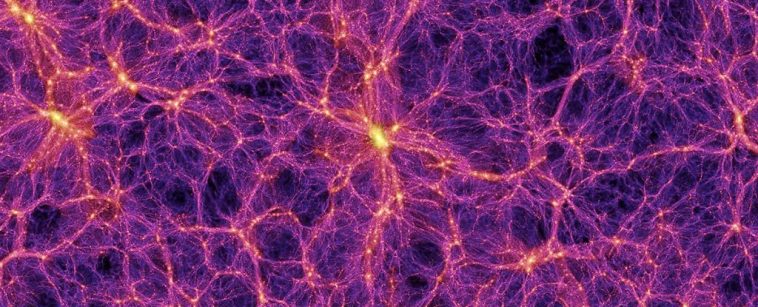Big, enormous, massive, huge-the extent of anything beyond our means has always mesmerized us and left us in awe. Whether it is the huge mountains or the vast oceans, the extensiveness of nature has always amazed us. And when it comes to the gigantism of our Universe, all these elements appear microscopic or tiny specks in the cosmic web. The Universe is vast, and trying to measure its vastness is mind-boggling. We will discuss the biggest things in the world.
Space scientists have been using the latest technologies to discover new stars, exoplanets, and newer galaxies. The sheer scale of the cosmos is hard to determine. The Universe is vast and holds a lot of big things. Below we explore the biggest things in the world in different cosmic categories.
Biggest Things In The World
1. Largest Star: UY Scuti
To most of us, the Sun is the biggest star. However, the largest existing star in the Universe is the UY Scuti. Located in the constellation Scutum, it is a hypergiant star with a radius around 1,700 times larger than the Sun. If UY Scuti were placed at the centre of the solar system, its edge would extend beyond Jupiter’s orbit. The star’s gas clouds would extend beyond the orbit of Pluto, or around 400 times the Earth-sun distance. UY Scuti is about 30 times more massive than the Sun.
Also Read: Top 10 Most Amazing Galaxies in the Universe
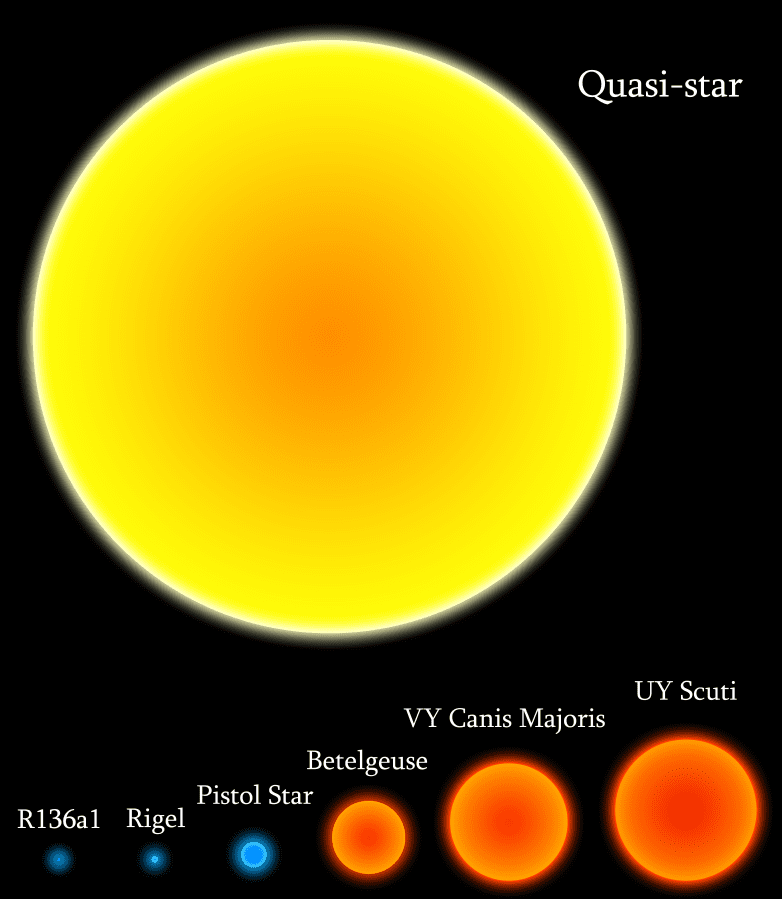
Image Source: Wikimedia
2. Largest Known Planet– Jupiter
The largest planet in our solar system is Jupiter, which beats out all the other planets in both mass and volume. Jupiter’s mass is more than twice the mass of all other planets of our solar system. This planet has a diameter of about 140,000 km, which is about 11 times Earth’s diameter. It is fifth in line from the Sun.
If you consider the exoplanets, TrES-4b is the largest known extrasolar planet, announced by NASA in 2007. Its mass is 0.78 times that of Jupiter’s, and it takes 3.6 days to complete one orbit of its star. It is 0.05084 AU (Astronomical Unit) from its star.
Also Read: Top 10 Deepest Places on Earth
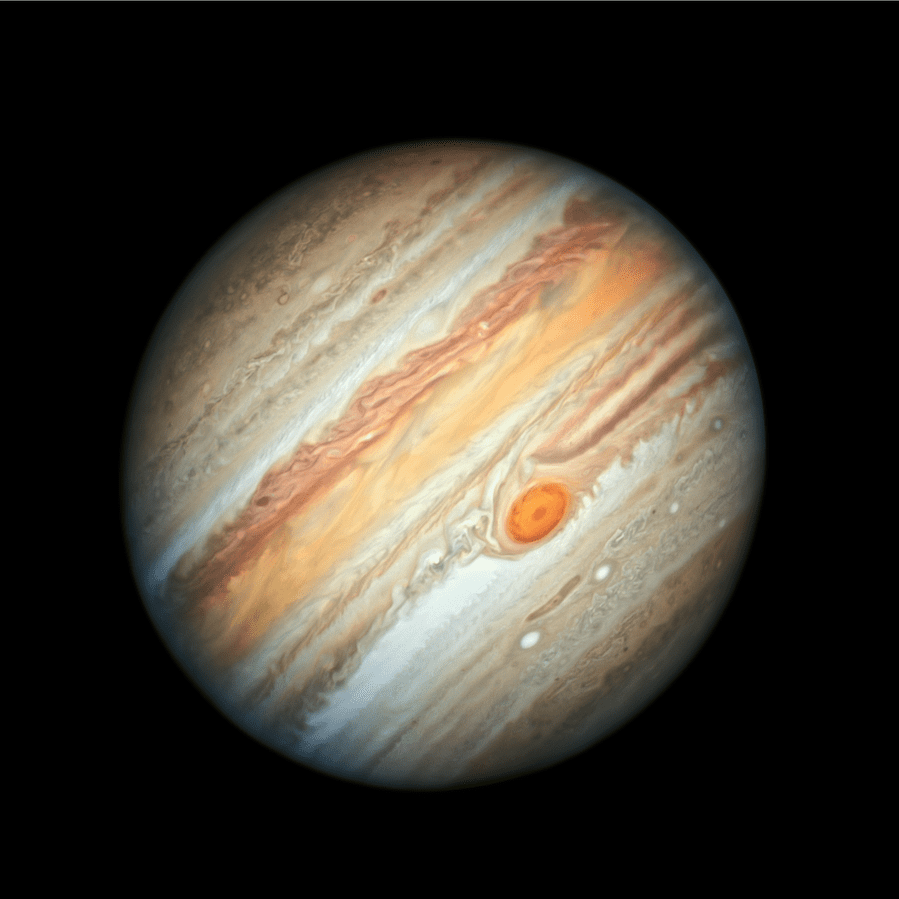
Image Source: Wikimedia
3. Largest Asteroid– Ceres
There are currently more than 8 million asteroids in the Universe. These asteroids are the rocky debris of the solar system or blown out planets or stars. Ceres is the largest asteroid discovered so far in the Universe. It is about 974 km in diameter and contains about one-third mass of the entire asteroid belt. Its massiveness has earned it the title of ‘Dwarf Planet.’
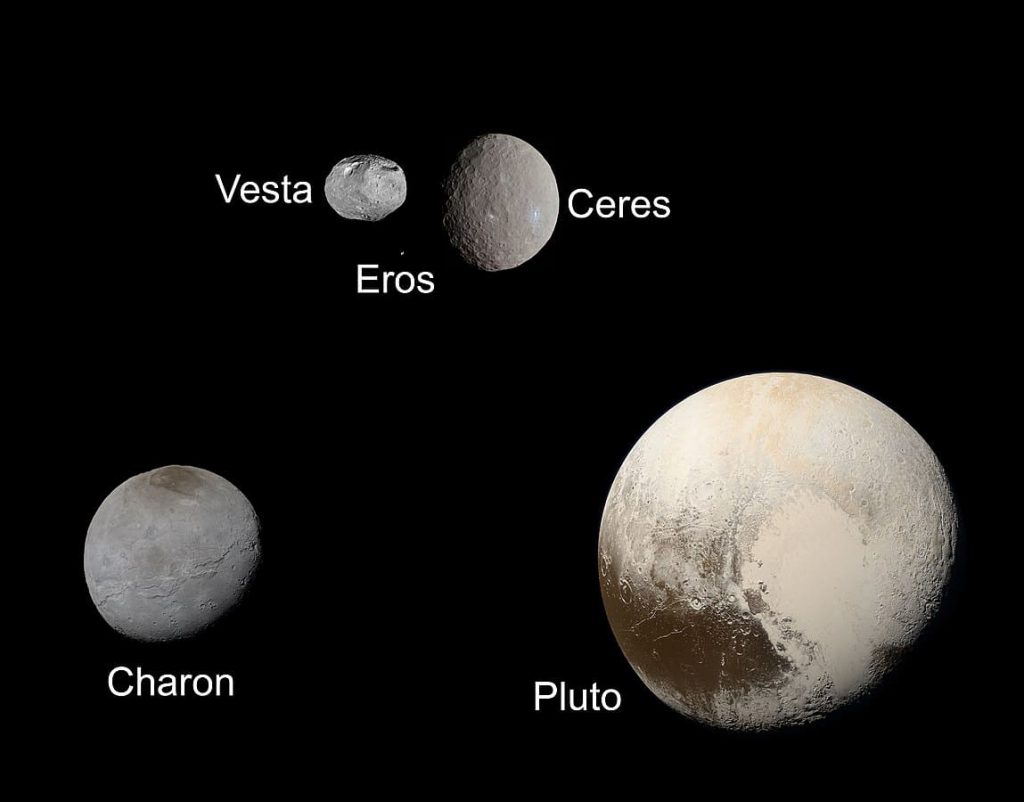
Image Source: Wikimedia
4. Largest Nebula- Tarantula Nebula
One of the biggest things in the world, A nebula is a giant cloud of dust and gas in space thrown out by the explosion of a dying star, or a supernova. The most massive known nebula is the Tarantula Nebula that stretches for more than 1,800 lightyears at its longest span. It is an enormous HII region 600 lightyears across. It is also the most active star-forming region which can cover the sky area as 60 full Moons and still be bright enoug11h to cast shadows.
The nebula houses the super star cluster R136. It is home to some of the most massive and brightest known stars, which cause this glorious nebula.
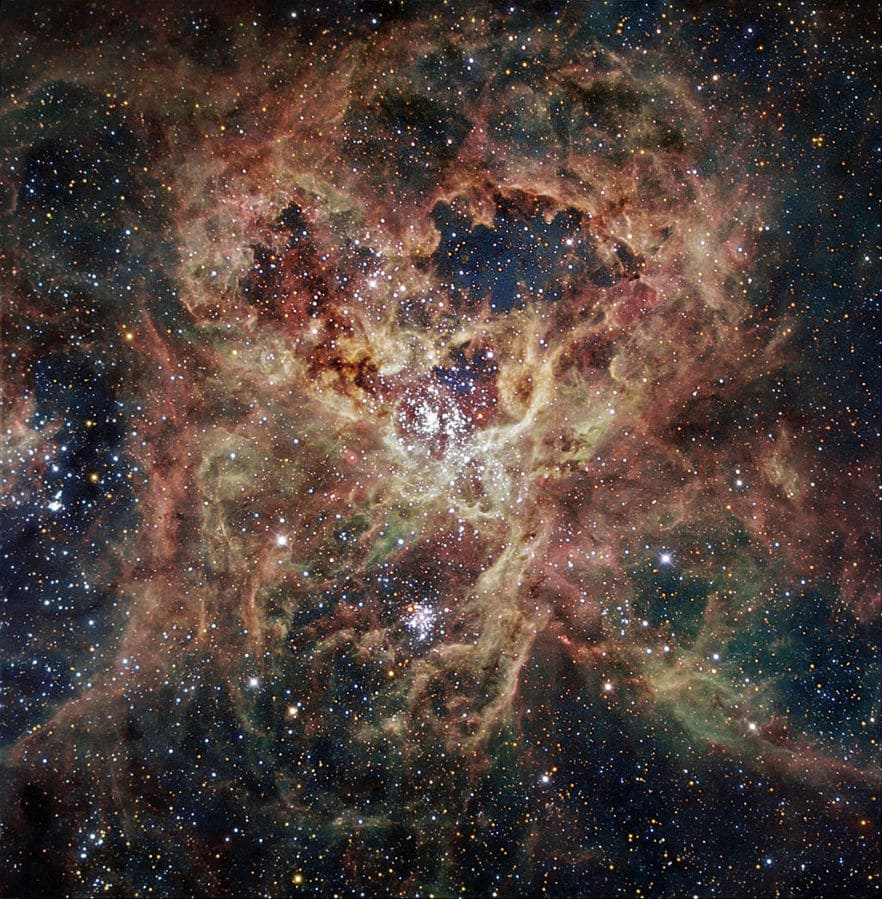
Image Source: Wikimedia
5. Largest Galaxy-IC 1101
The Universe is littered with galaxies. The largest galaxies are elliptical and may contain a trillion stars. The largest known elliptical galaxy is IC 1101 in Virgo. It is 5.8 million lightyears across in size-which is an immensely huge size. Comparing with our Milky Way, it is over 50 times the diameter. This galaxy can encompass not only the Milky Way but also the Andromeda Galaxy and much of the Local Group. Its mass can contain 100 trillion stars!
Also Read: Top 10 Dangerous Countries to Visit in 2024
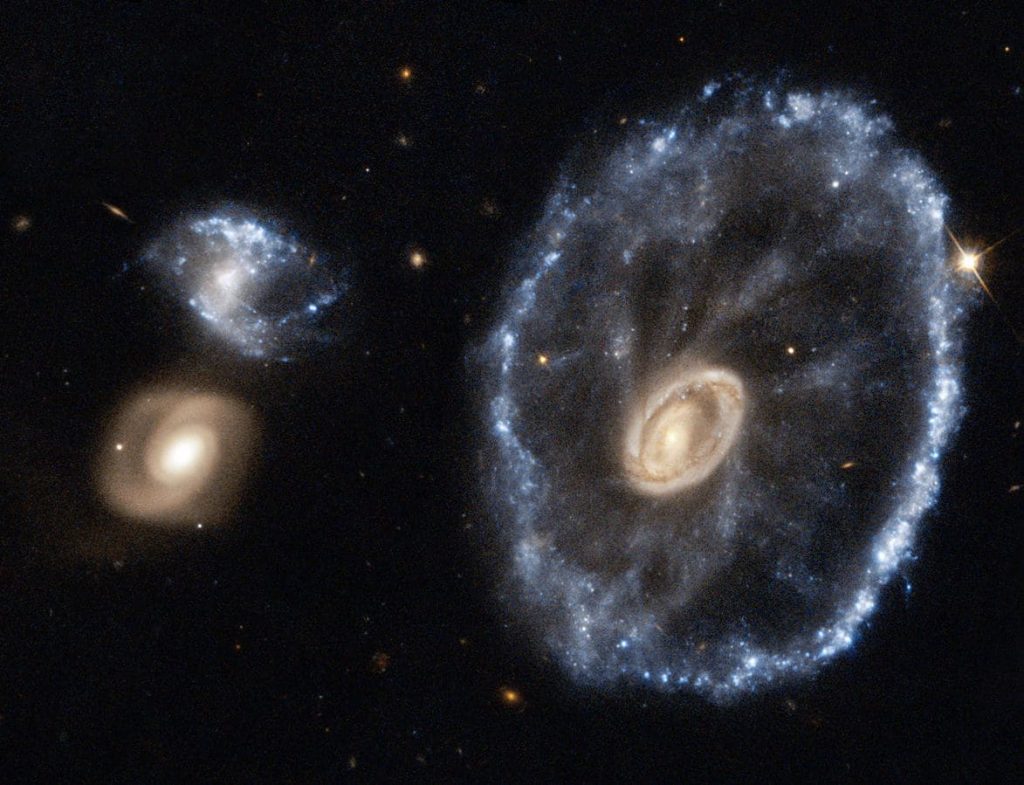
Image Source: Wikimedia
6. Largest Cluster and SuperCluster– El Gordo or ‘The Fat One.’
Stars link together to form galaxies, while galaxies clump together into clusters. The largest known galaxy Cluster is the El Gordo or ‘the fat one.’ Discovered in 2011, it has a massive mass of 3 quadrillion suns. It is located more than 7 billion lightyears from the Earth.
Superclusters are formed of several galaxy clusters. Superclusters form massive structures of galaxies, called “supercluster complexes,” “walls,” or “sheets” that may span across several hundred million lightyears. The Shapley supercluster is thought to be the largest at around 650 million lightyears. It is a collection of galaxies more than 400 million lightyears long. It is roughly 4000 times larger in size than our Milky Way and contains more than 8000 galaxies. Our Laniakea supercluster, which includes the Milky Way and our Earth, stretches over 520 million lightyears.
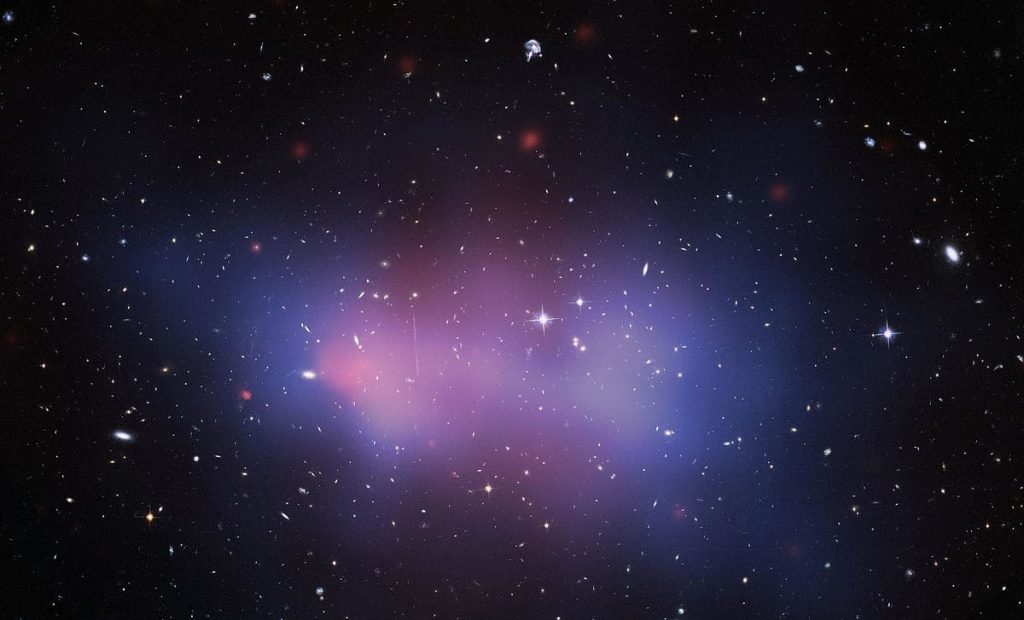
Image Source: Wikimedia
7. Largest Blackhole- TON 618
A supermassive black hole (SMBH) is the largest type of black hole. They can be the order of hundreds of thousands to billions of solar masses. Theoretically, they are known to exist in the centre of almost all massive galaxies. The Abell 85 galaxy cluster is home to the most massive black hole known in the Universe. This one is known as TON 618 and has an estimated mass of 66 billion suns. This is roughly two-thirds the weight of all-stars in the Milky Way. It is formed from the collisions of at least eight smaller galaxies and is located in the Holmberg 15A galaxy. It is listed as one of the biggest things in the world.
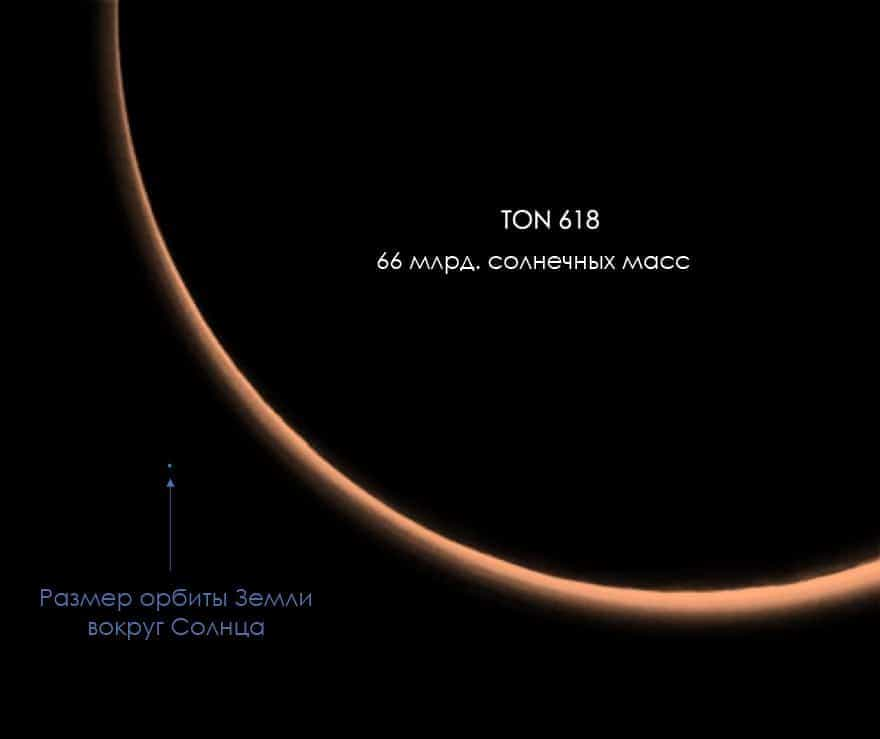
Image Source: Wikimedia
8. Largest Quasar- Huge LQG
A quasar is an extremely active region at the centre of a galaxy that emits massive radiation. Quasars derive power from supermassive black holes. The largest existing quasar today is the Huge-LQG (Large Quasar groups). It is the third-largest structure in the Universe. In fact, it is a cluster of 73 quasars spread across over 4 billion lightyears. This quasar burns at an energy which makes it 100 times more luminous than our Milky Way.
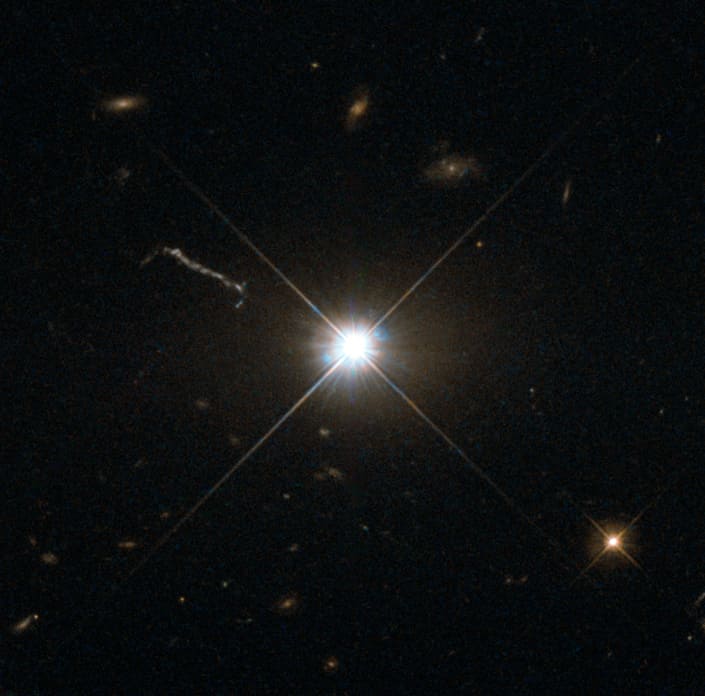
Image Source: Wikimedia
9. Largest Void-Bootes Void
The Boötes void or the Great Nothing is an enormous, region of space, containing very few galaxies. It lies about 700 million light-years from Earth in the direction of the constellation Boötes, after which it was named. The Boötes Void is like a giant hole in the Universe. It has a diameter of about 350 million light-years across. S of today, 60 galaxies have been discovered inside this supersized void. This shows that the void is not necessarily empty space.
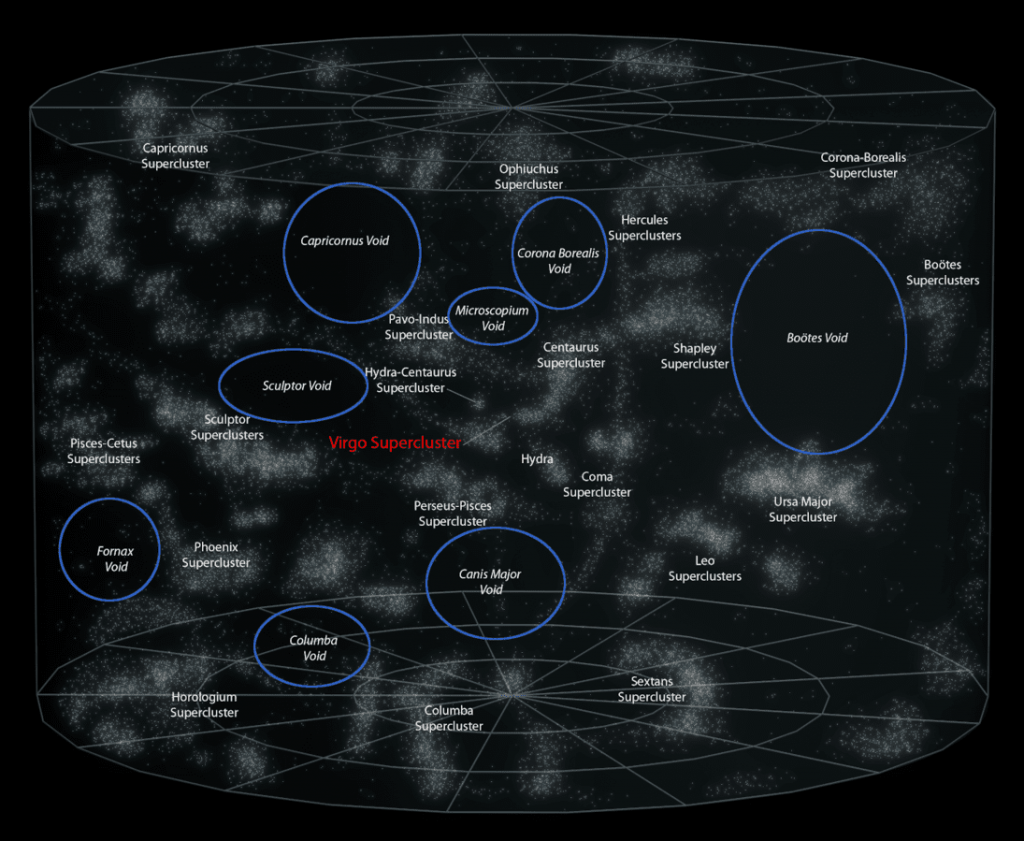
Image Source: Wikimedia
10. Largest Structure-BOSS Great Wall
Determining the extent of the Universe is an endless task. The Cosmic Web is thought to be a vast network of clusters, linked with filaments of dark matter and galaxies. These filaments form giant walls. The Hercules-Corona Borealis Great Wall, discovered in 2013, measures up to 18 billion lightyears in length. Astronomers have recently found a wall of galaxies 1 billion light-years across, known as the BOSS Great Wall. This wall is the largest structure observed in the Universe so far. This wall is made up of 830 separate galaxies that have formed four superclusters.
Also Read: Top 10 Most Famous Volcanoes In The World
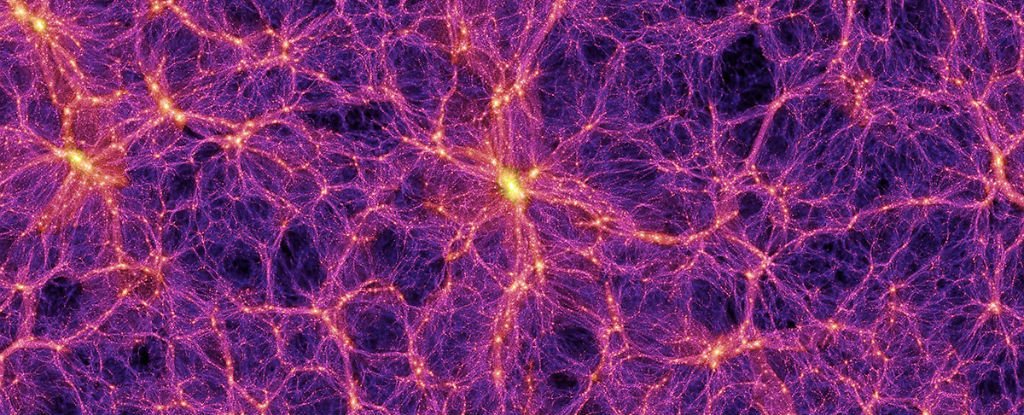
Image Source: Wikimedia
11. Largest Animal: Amphicoelia
Maraapunisaurus believed to be the largest species of dinosaur originally named as Amphicoelias fragillimus. It is believed to have the longest animal on planet Earth at 60 metres (200 ft) in length and with a mass of 150 tonnes (150 long tons; 170 short tons). According to the palaeontologist Kenneth Carpenter, the anima species is a rebbachisaurid rather than a diplodocid sauropod, howvever, the only specimen was collected by the Oramel William Lucas when he was hired as a fossil collector by the renowned palaeontologist Edward Drinker Cope, in 1877.
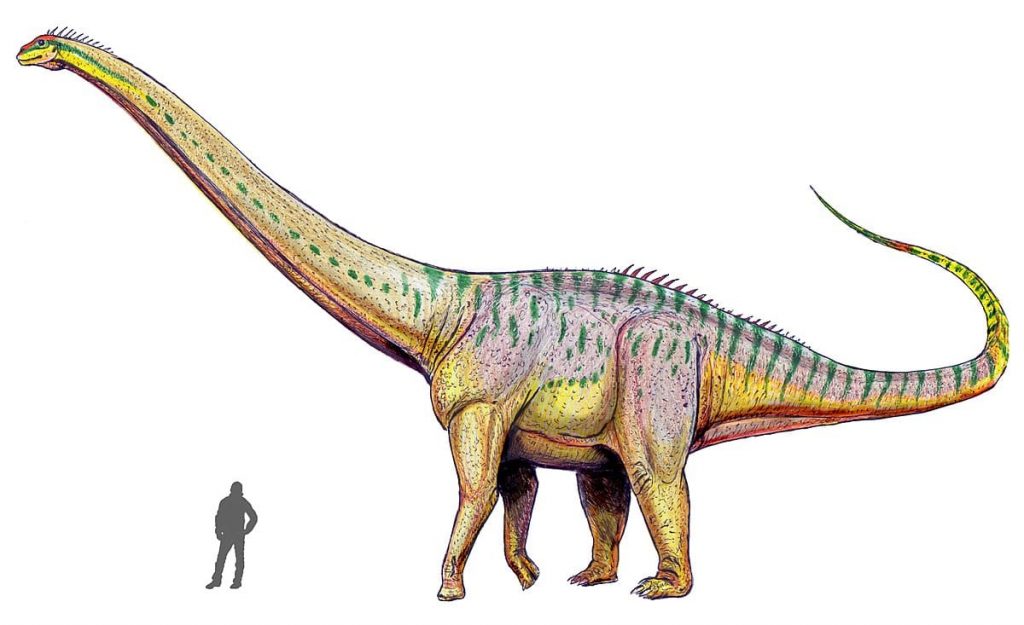
Image Source: Wikimedia
12. Largest Snake: Titanoboa
Titanoboa is the largest species of snakes that lived in the world. It can grew upto 12.8 m (42 ft) long and reach a weight of 1,135 kg (2,500 lb). The fossiles of the snakes was seen on the the Middle to Late Paleocene epoch. Titanoboa means “titanic boa” that refers to the Cerrejón coal mine and the Cerrejón Formation where the fossiles are found.
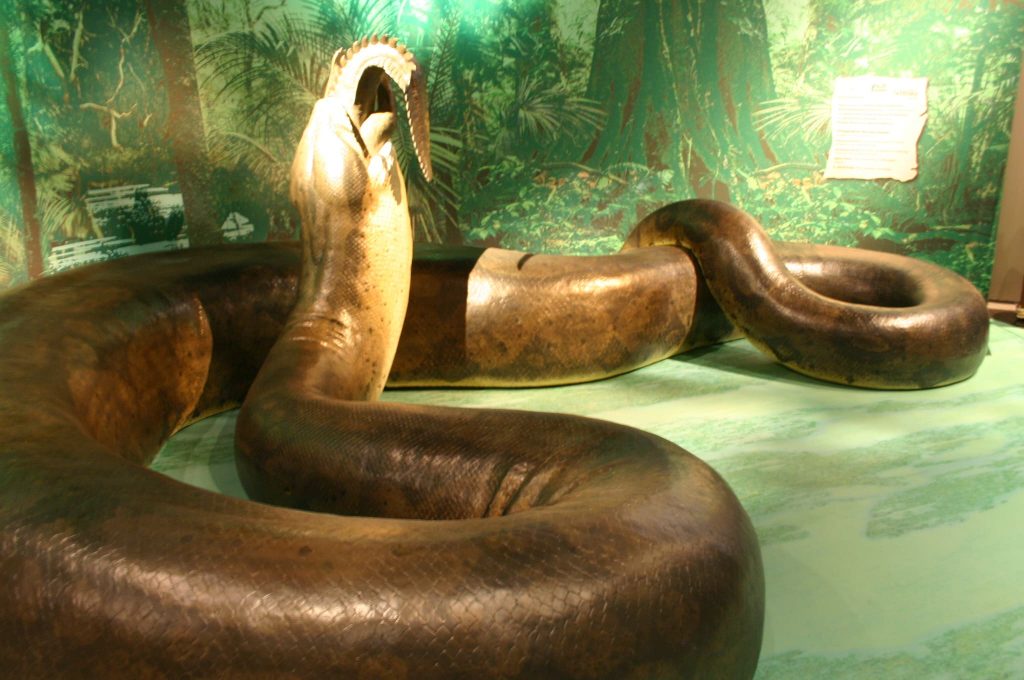
Image Source: Ryan Somma (Flickr)
13. Largest Tree Grown Food: Jackfruit
Jackfruit also is known as jack tree and the mature tree can produce about 100 to 200 fruits in a year. This is the largest tree-borne fruit in the world that can reach upto 36 kilograms in weight and 91 centimetres (36 inches) long and 50 centimetres (20 inches) in diameter. It is rich in vitamins, minerals and dietary fibre. Also, it is a good source of vitamin A and B-complex vitamins Vitamin C and Vitamin E. It is also a good source of minerals like iron, magnesium and potassium.
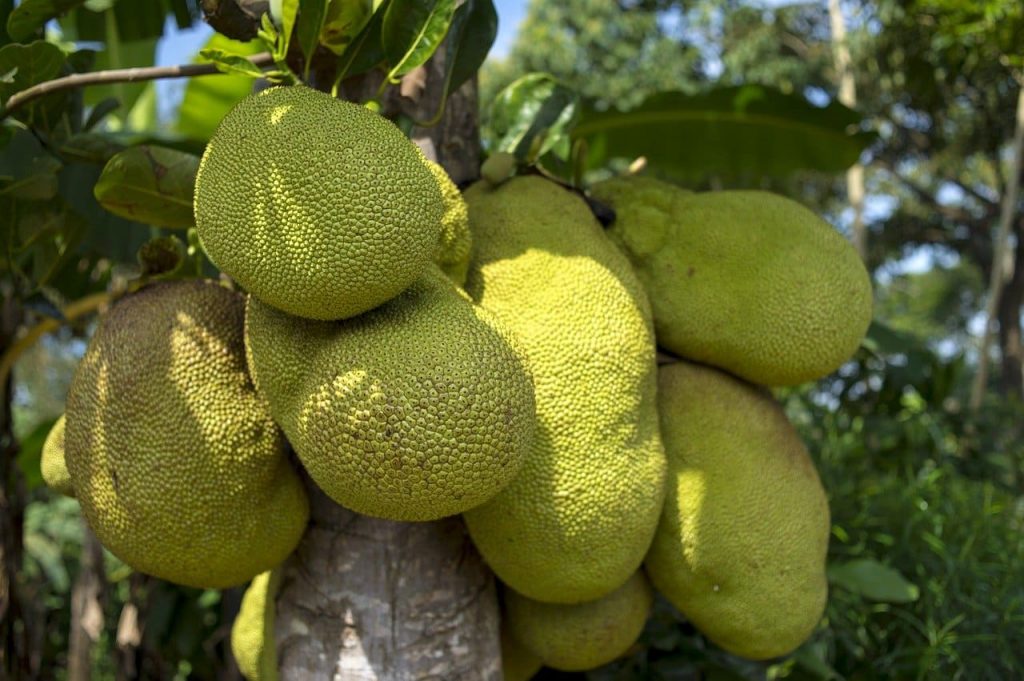
14. Largest Bird: Argentavis
Argentavis magnificens is believed to be the largest flying birds in the world. It is also known as the Giant Teratorn is now an extinct species mostly seen in the three sites in the Epecuén, Andalhualá Formations and the Late Miocene (Huayquerian) where the fossils has been found.
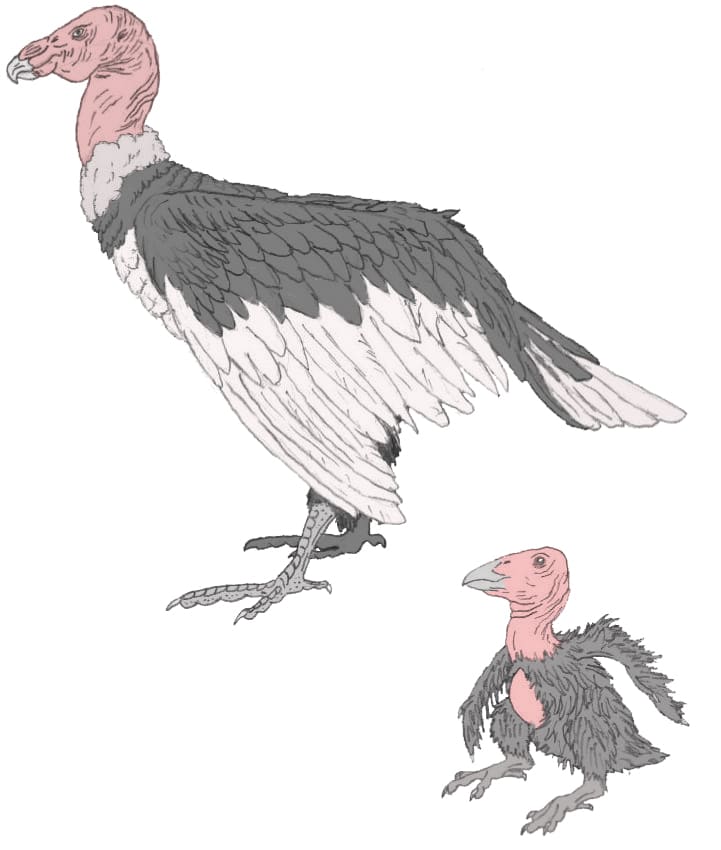
Image Source: Wikipedia
15. Largest Cave: The Paradise Cave
The Paradise Cave also known as Thien Duong Cave is the largest cave in the world.It is located in the Quang Binh Province and has a length of 31 Km. This is one of the most popular spot for the tourists in Vietnam Tourism praise. It is one of the newest caves discovered in 2005 and later after 5 years of mining and paving the way it has been opened for the tourists Truong Thinh Group in September 2011.
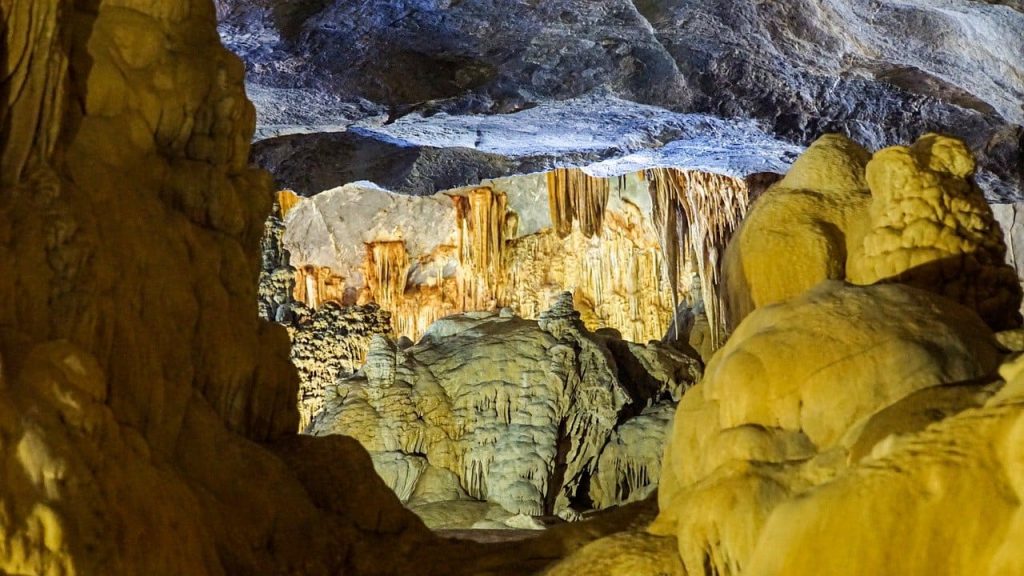
16. Largest flower: Rafflesia
Rafflesia is the largest flower in the world. It can grow upto 90cm in diameter, however, the largest one recorded was in Palupah Nature Reserve, Sumatera and the size was 105cm. This is also the heaviest flower in the world that can weight upto 22 pounds or about 9.98kg. The state flower of Sabah, Malaysia and also the official state flower of Indonesia, and Surat Thani Province in Thailand.
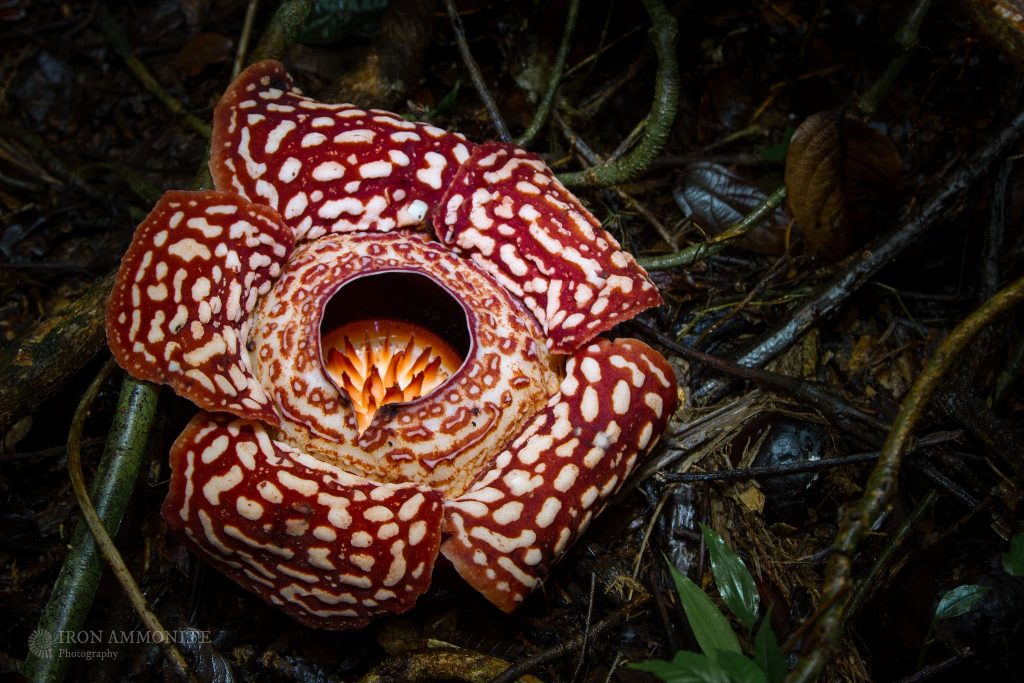
Image Source: Paul Wiliams (Flickr)
17. Largest Deer: Giant deer
Giant deer which is also known as Irish elk is the largest species of deer which is now extinct. It belongs to genus Megaloceros and is one of the largest deer that ever lived. The range of the giant deer was extended across Eurasia during the Pleistocene, from Ireland to Lake Baikal in Siberia. According to the carbon dated, this is 7,700 years ago in Siberia.
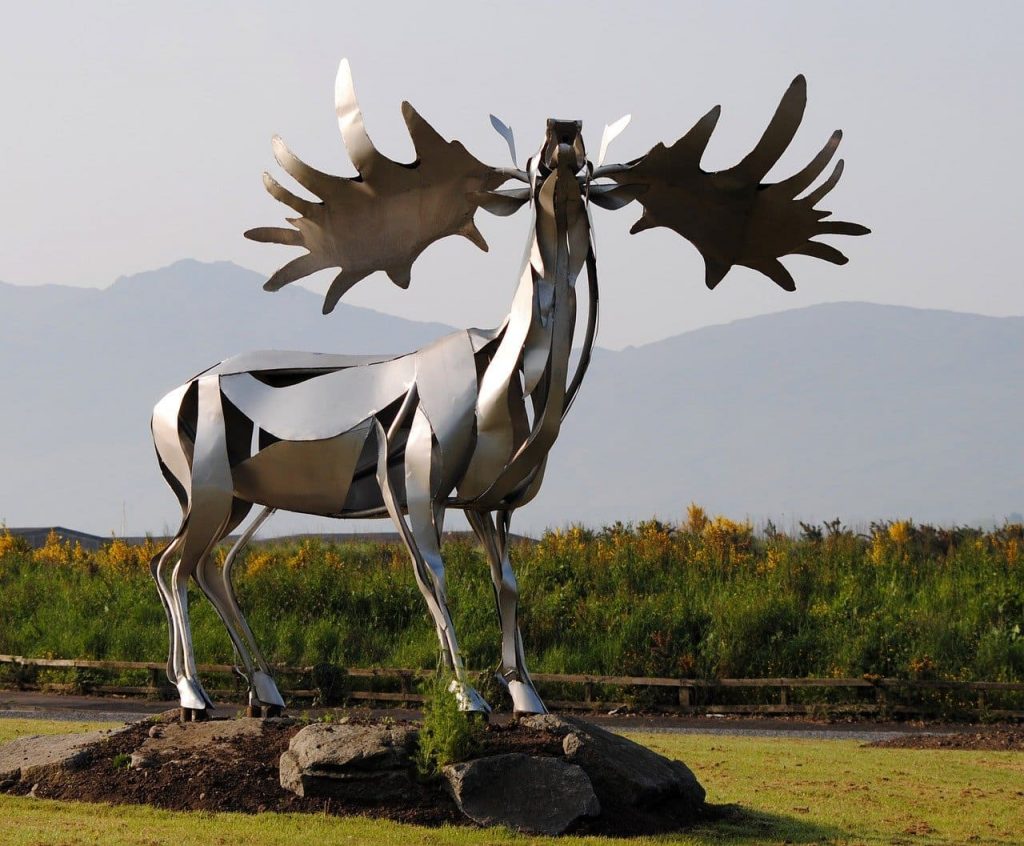
It is challenging to describe the Universe in words. Limits fail after an extent. Discoveries reveal new celestial entities. Mapping the shape of the Universe becomes a real challenge. Our cosmic web extends to limits beyond human comprehension, an endless collection of superclusters and dark matter. These are the biggest things in the world. Kindly share and do post your comments.



